by Maxine Carter-Lome, Publisher
“I have a little dreidel, I made it out of clay.
And when it’s dry and ready, Oh dreidel, I shall play.”
Despite its association as a holiday tradition, Israeli collector Rachel Bar-Lev shares that the dreidel is not Jewish in origin and its connection to Hanukkah is late, noting that archeologists have found multi-sided tops dating back to as early as 2000 BCE.
Legend has it that when the ancient Greeks outlawed the study of Torah, Jews would outsmart them by playing with a spinning top—a popular gambling device—while learning Torah orally. That way if the Greeks were out to arrest renegade Torah scholars, they would find a group of sinful “gamblers” instead and leave them alone. The story is, however, nothing more than that, according to Jewish scholars.
Rabbi David Golinkin, President Emeritus of the Schechter Institute of Jewish Studies, once wrote, “Our Eastern European game of dreidel (including the letters nun, gimmel, hey, shin) is directly based on the German equivalent of the totum game: N = Nichts = nothing; G = Ganz = all; H = Halb = half; and S = Stell ein = put in.”
The word “dreidel” is a Yiddish word, originating from ‘drei,’ meaning ‘turn.’ The Hebrew word for dreidel, sevivon, follows the same logic and comes from the Hebrew root, ???, meaning ‘to turn.’ It is said that the word sevivon and the game as we know it was created by the adolescent son of Eliezer Ben Yehuda, the founder of Modern Hebrew.
In addition to the more commonplace materials of wood and plastic, dreidels can be made of glass, sterling silver, ceramic, brass, ivory, and crystal, and are often given as gifts and displayed as decoration or pieces of a collection.
Dreidels come in all sizes and price points and can range from fun and kitschy (“dreidelites” extend the concept to anything dreidel-inspired) to pieces of fine art. As a relatively modern game toy, collectors are mostly buying 20th century “art dreidels” for the value of the material, craftsmanship, and maker. While this may never be a “big money” collectibles category, collecting and playing with dreidels is a fun way to connect with our past and carry forward beloved family traditions.

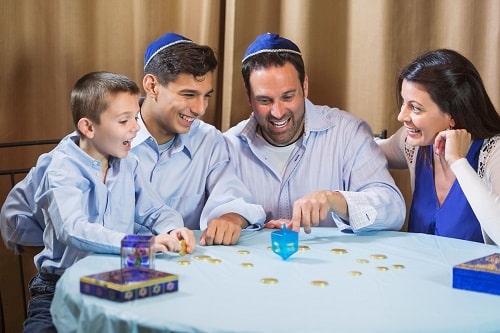
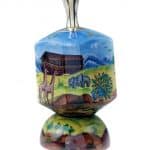
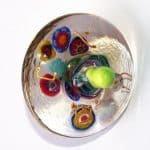

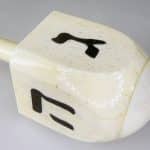
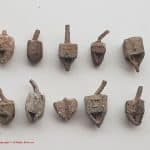

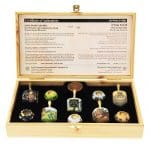
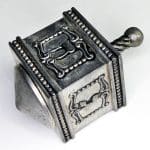




Related posts: